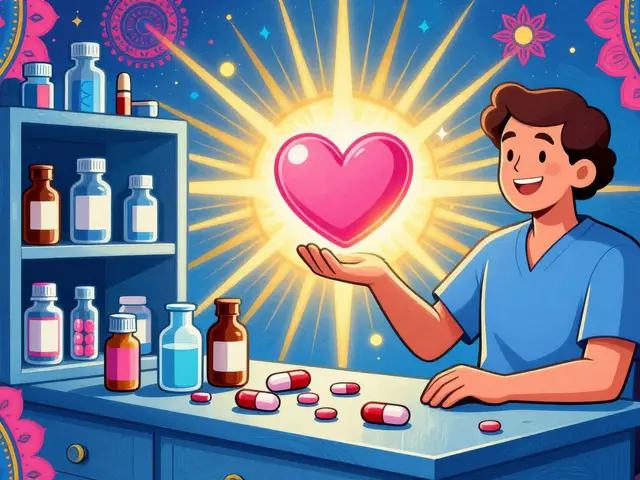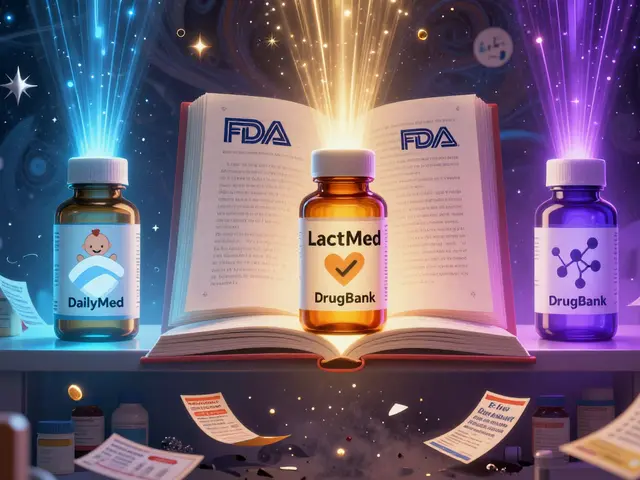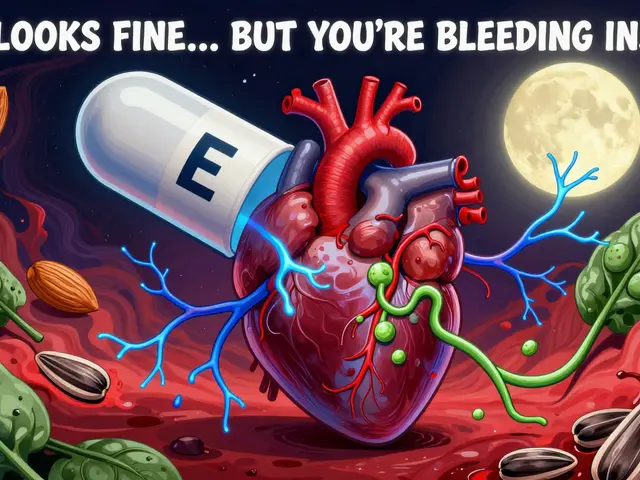Dermatology: Practical Skin Care, Conditions, and Safe Medication Tips
Skin problems are common, but you don't always need confusion or expensive products to fix them. This page gives clear, practical guidance for common conditions—acne, eczema, rosacea, psoriasis—and how to use medicines safely. Read fast, pick a few changes, and expect steady results.
Quick facts and everyday steps
Start with gentle basics: a mild cleanser, a non-comedogenic moisturizer, and sunscreen daily (SPF 30+). For dry or eczema-prone skin, use fragrance-free creams and apply while skin is damp to lock in moisture. For oily or acne-prone skin, choose water-based or gel moisturizers and avoid heavy oils that clog pores.
Sunscreen matters more than trendy products. Broad-spectrum SPF 30 or higher reduces flares for rosacea, prevents dark spots after acne, and protects skin while using photosensitizing meds like retinoids or certain antibiotics.
Common treatments and how to use them
Topical steroids: short courses work well for eczema and allergic flares. Use the lowest strength that controls symptoms and avoid long-term daily use on the face or thin skin to prevent thinning or stretch marks.
Retinoids (tretinoin, adapalene): great for acne and skin texture. Start slow—every other night—and use moisturizer to reduce peeling. Expect at least 8–12 weeks before you see steady improvement.
Benzoyl peroxide fights bacteria but can dry skin and bleach fabrics. Using it every other day at first prevents irritation. Combining benzoyl peroxide and topical antibiotics reduces resistance; avoid antibiotic monotherapy for long periods.
Oral meds: antibiotics, hormonal pills, or isotretinoin are options for more severe acne. Antibiotics should be short-term alongside topicals. Isotretinoin works when nothing else does but causes serious birth defects—pregnancy prevention and strict monitoring are required.
Antifungals and antiseptics treat athlete's foot, ringworm, and yeast-related rashes. Use the full course even after symptoms fade to avoid recurrence.
Allergic or contact rashes sometimes need patch testing to find the trigger. If a cream or product makes irritation worse after a few uses, stop and check ingredients like fragrances, preservatives, or lanolin.
Buying meds online? Check for a pharmacy license, real contact info, and clear prescription rules. If a site sells prescription drugs without asking for a valid prescription, walk away. Counterfeit products are common and risky.
When to see a dermatologist: sudden spreading rash, painful or draining lesions, hair loss, or skin growths that change shape, color, or bleed. Also get help if a condition affects your sleep, work, or mood—skin issues are real health problems and worth treatment.
Small, steady steps win. Keep routines simple, watch how your skin reacts for 4–12 weeks, and ask a clinician when treatments need prescription strength or monitoring. That’s how you get clearer skin without wasted time or money.
The Connection Between Skin Infections and Eczema
As someone who has been researching skin infections and eczema, I've come to understand the strong connection between the two. It turns out that individuals with eczema are more prone to skin infections due to their compromised skin barrier. This allows bacteria, viruses, and fungi to easily invade the skin and cause infections. On the other hand, these infections can also worsen eczema symptoms, leading to a vicious cycle of inflammation and infection. It's crucial for those with eczema to take extra precautions and maintain good skincare habits to reduce the risk of infections.





